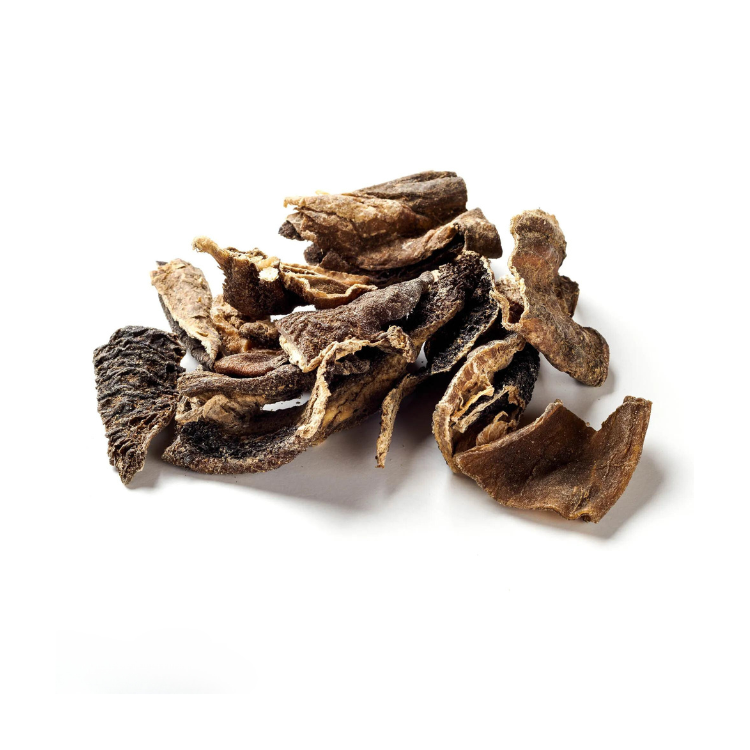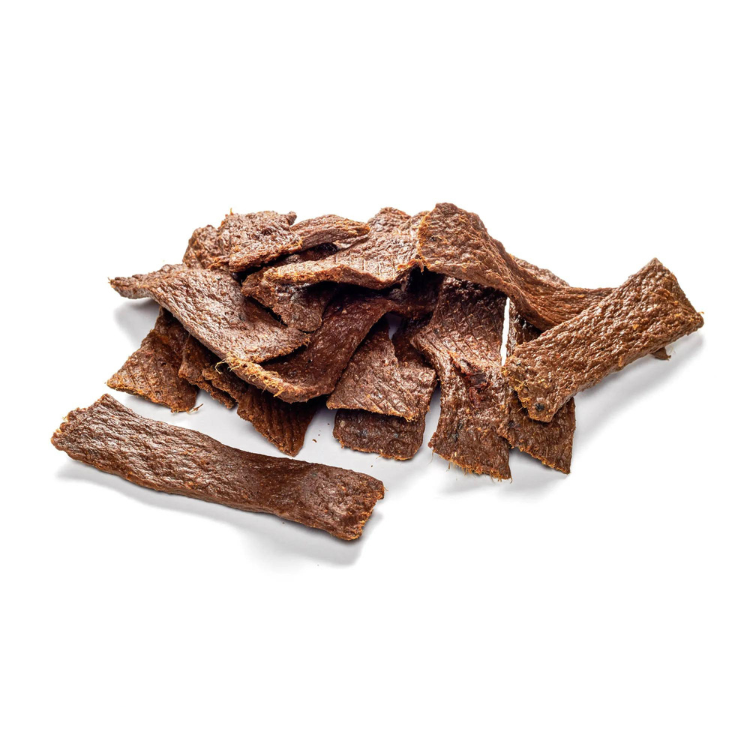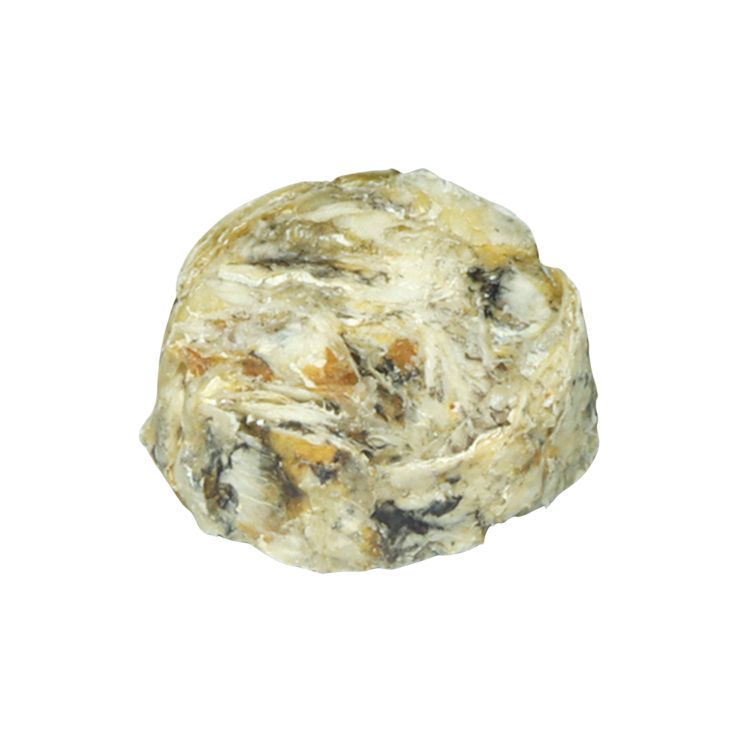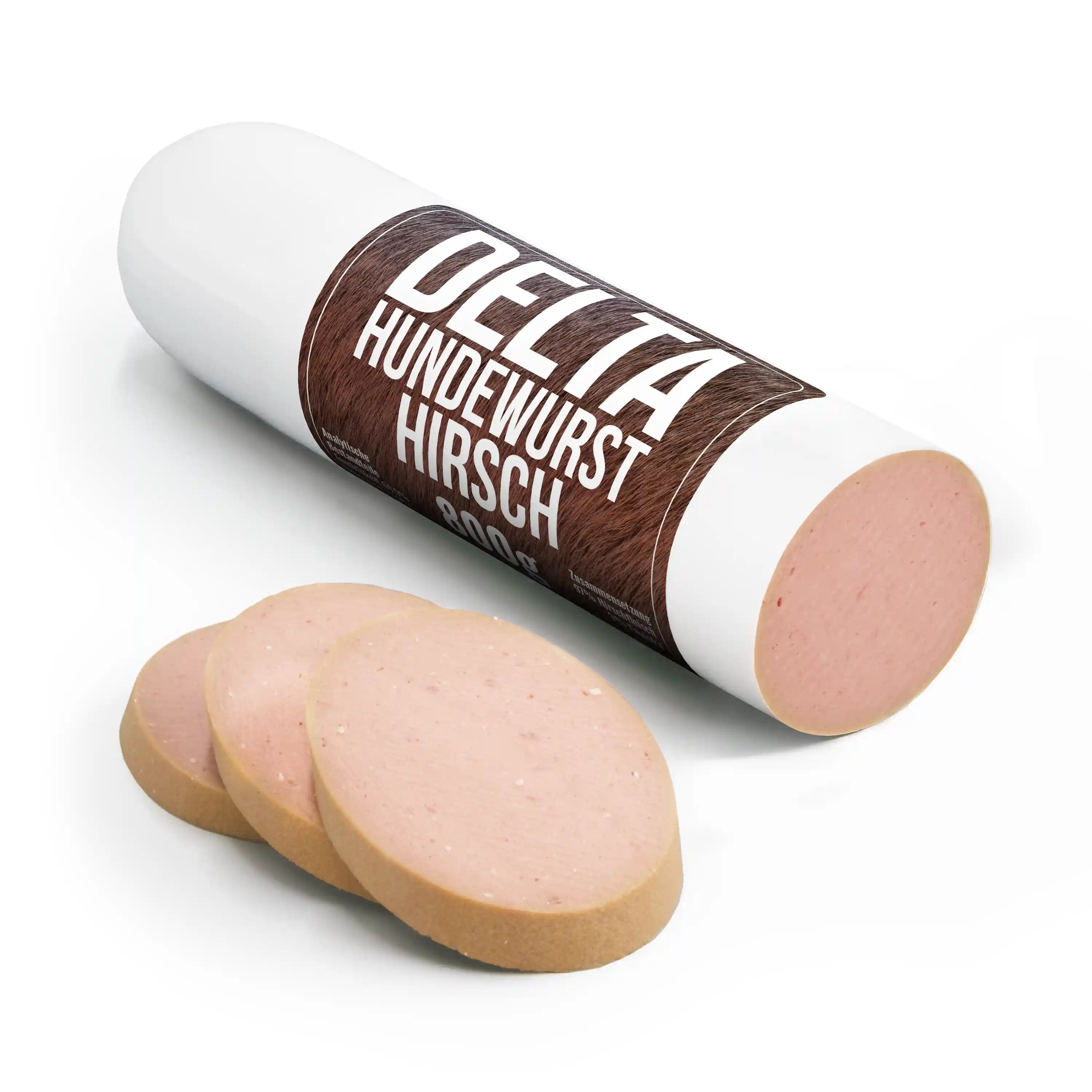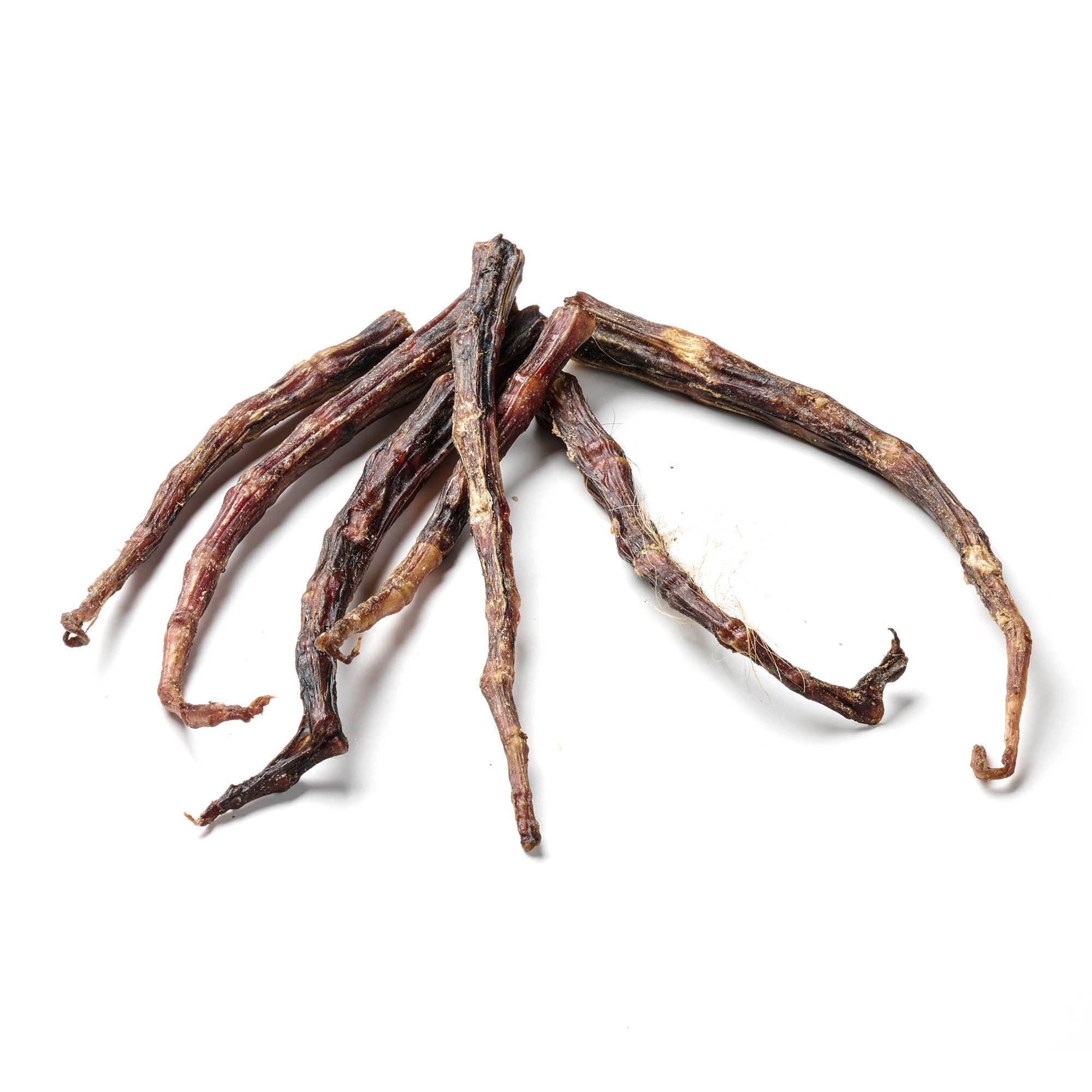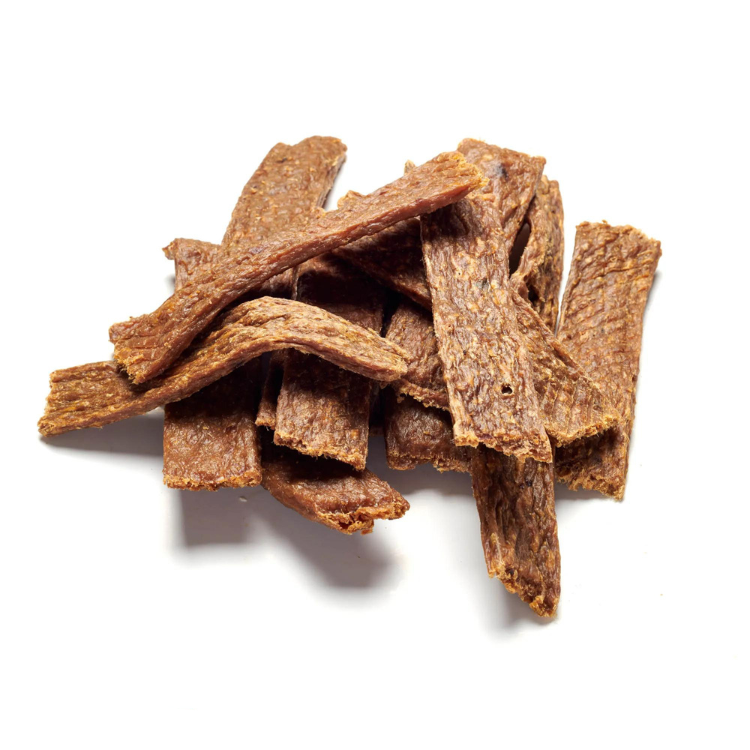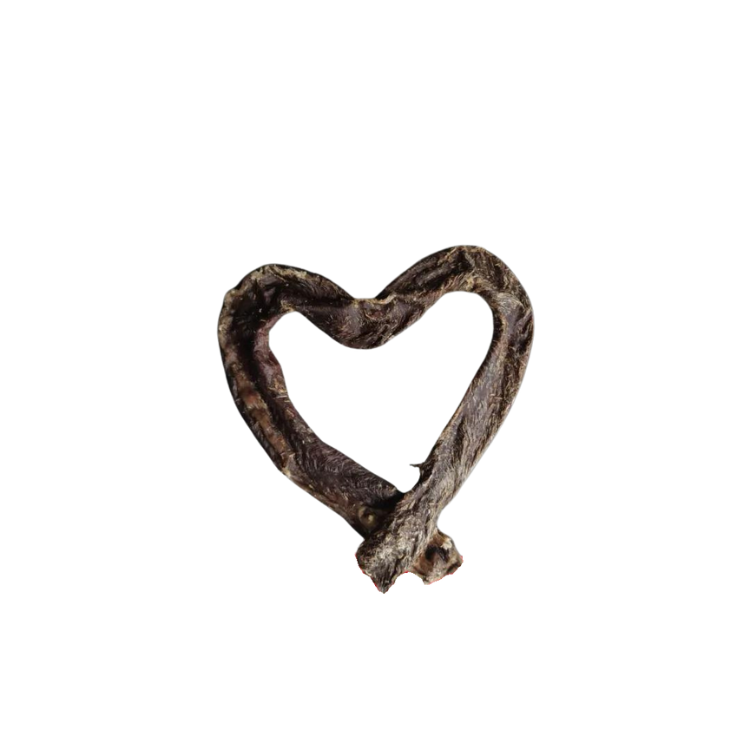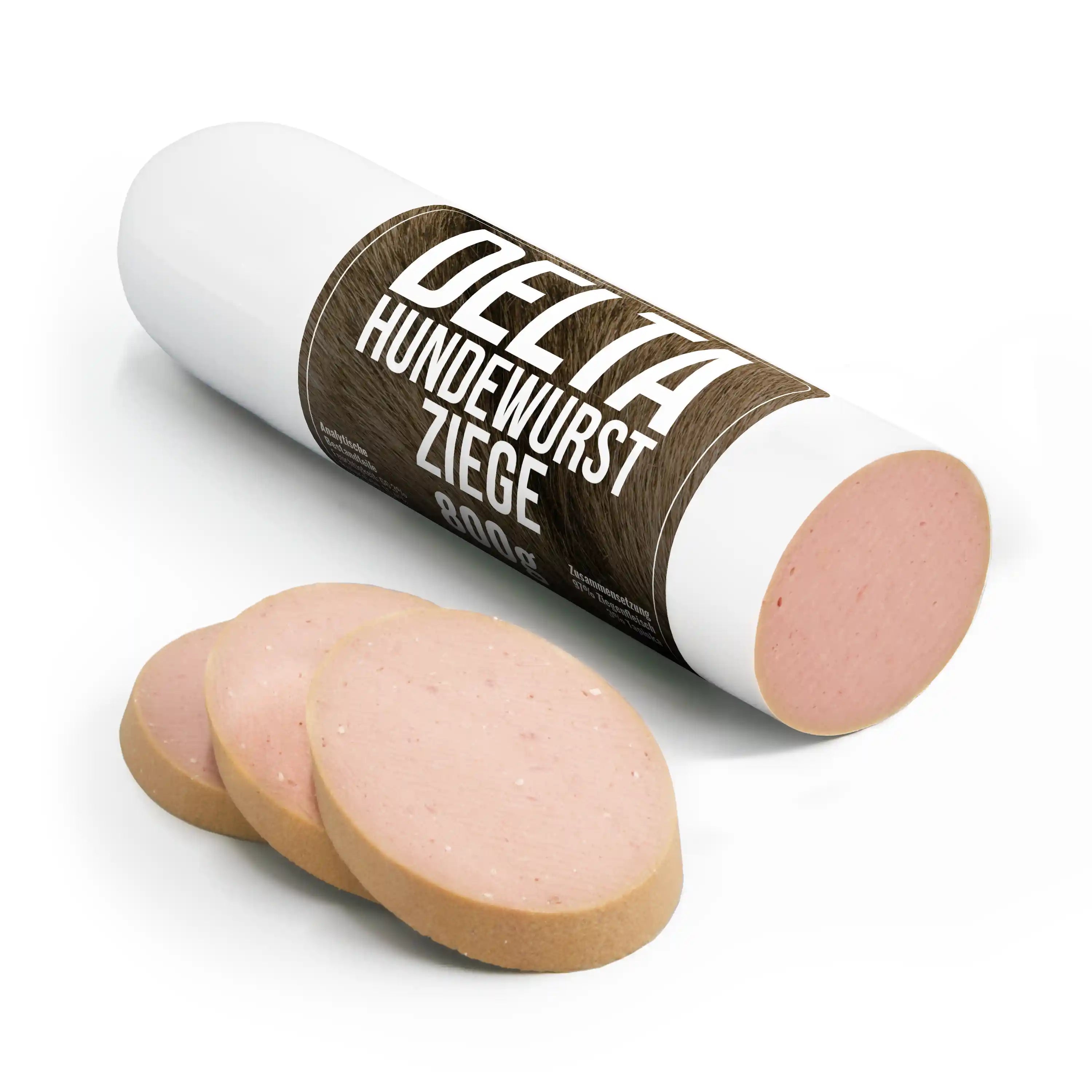
English Mastiff
Share
The gigantic Mastiff dogs are among the largest dog breeds in the world. But behind the fearsome appearance lies a loving family dog. The dog was often used as a guard in England. Nevertheless, the oversized four-legged friend is a calm creature to whom aggression is a foreign word.
Content: English Mastiff
- profile
- Special features
- Nutrition
- Health and care
- Origin & History
- The right accessories
- Conclusion
Reward your best friend with our dog treats!
English Mastiff - Profile
- Character: Noble, courageous, loving
- Size: Large
- Height: 70-91cm
- Weight: 54-100 kg
- Life expectancy: 10-12 years
- Coat type: Short hair
- Colour: Fawn, apricot or brindle, black mask
- Special features: Very large dog breed, listed dog
- FCI Group: Pinschers and Schnauzers – Molossers – Swiss Cattle Dogs
Mastiff - Special characteristics
The Mastiff is also often called the "English Mastiff" and is a very watchful, observant dog who only acts carefully. Its defensive nature and high stimulus threshold make the dog an excellent family dog, who looks out for the weaker members of the "pack". Its strong relationship with people makes it a suitable house dog. Keeping it in a kennel, on the other hand, harms the large four-legged animals and destroys their loving nature. The Mastiff never attacks its opponents, but wants to keep them in check.
The dogs are impressive animals, reaching up to 91 cm in height and sometimes weighing up to 100 kg. They are almost square in stature and very muscular. Mastiffs have large floppy ears and a black mask. The short fur comes in various colors, for example fawn, apricot or brindle.
The breed is wrongly on the list of dangerous dog breeds and can only be kept in Germany under certain conditions. This assessment fails to recognize the nature of these peaceful dogs. The dog needs enough space and enjoys long walks every day. It is best if it can guard a large fenced-in area and can really let off steam when playing.
Mastiff - What should be considered regarding nutrition?
Feeding a Mastiff requires a budget appropriate to the size of the dog. The food should be of high quality and consist of at least 70% meat. You can also give small amounts of fruit, vegetables and grains. Due to their size, it is advisable to organize a raised food bowl. After feeding, Mastiffs must rest for 2-3 hours to avoid gastric torsion. As with all dogs, the amount of food depends on the size, age and activity of the dog. You should make sure that you do not give the dog too much food. This can cause Mastiffs to put on too much fat. This damages the dog's bone structure and can lead to health complications. Both wet and dry food are suitable. Of course, you can also feed the dogs using the BARF method. With biologically appropriate raw feeding, the dogs are only given raw meat, vegetables and fruit. Vitamin and mineral supplements are also fed. A balanced diet is crucial when keeping large animals and should be discussed with the veterinarian in case of doubt.
Pamper your dog with our chew products!
Mastiff - Health and Care
The Mastiff's coat requires little attention. The short coat should be brushed at least once a week. It is essential that skin folds are checked regularly to prevent inflammation and parasites . The lips in particular can be affected by dermatitis. The eyes and ears must also be checked regularly. Relevant chews are suitable for dental care . The dog should only be bathed with shampoo in exceptional cases so as not to damage the skin's natural protective function.
Due to their size, the dogs are prone to dysplasia in the musculoskeletal system and should therefore not climb stairs. Eye and heart problems are also common in large dogs. As with all animals, a healthy diet and sufficient exercise are two of the most important elements in maintaining the health of your companion.
Mastiff - The right accessories
Mastiffs are very large dogs. Therefore, they should have plenty of space available. Also remember that you will need a car to transport the animals that will have enough room for your four-legged friend. You should also budget for the necessary cash. A responsible dog owner should be able to take the necessary measures at any time. Money should not be an issue.
In addition, a sturdy collar, a good dog leash, an appropriately sized basket and raised food and water bowls are among the “must-have” items when keeping a Mastiff.
Mastiff - Origin & History
The origin of the Mastiff has not yet been fully clarified. Similar dogs are said to have been used as fighting and war dogs as early as the Roman Empire. As a result of the Roman expansion into Great Britain, the dogs were brought to Rome from England and used there in dog fights, among other things. In England, too, there was so-called "bear and bullbaiting", in which large dogs had to fight bears, lions and bulls. This cruel chapter of the Mastiff's history ended with the ban on dog fights in 1835. During the Middle Ages, the Mastiffs were also used to hunt dangerous predators. The dogs almost died out in the Second World War. The animals were then imported back to England and bred into a permanent breed. The breed has been officially recognized since 1879. The "Old English Mastiff Club" was founded in 1883 and officially established breed standards.
Conclusion
The Mastiff, also known as the "English Mastiff," is an imposing dog with a loving nature that is peaceful despite its fearsome appearance. Its majestic appearance and defensive nature make it an excellent family dog. A balanced diet and regular grooming are crucial for the health of this large four-legged friend. Although mistakenly classified as a dangerous breed, the Mastiff is a loyal companion that requires plenty of space and appropriate attention. Its history dates back to the Roman Empire, and today it remains a valued breed with a rich past.
Pamper your dog with our delicious chews!

